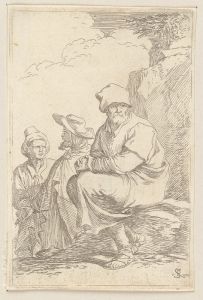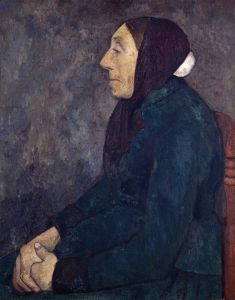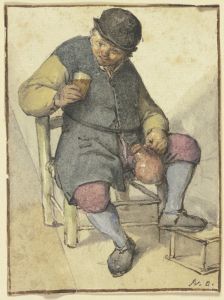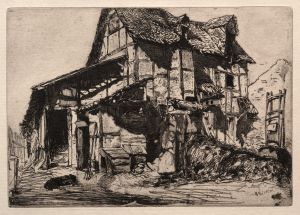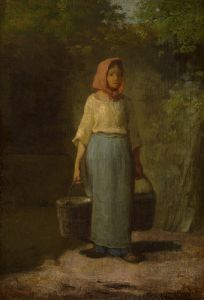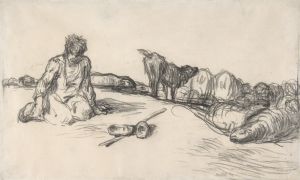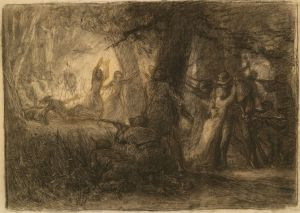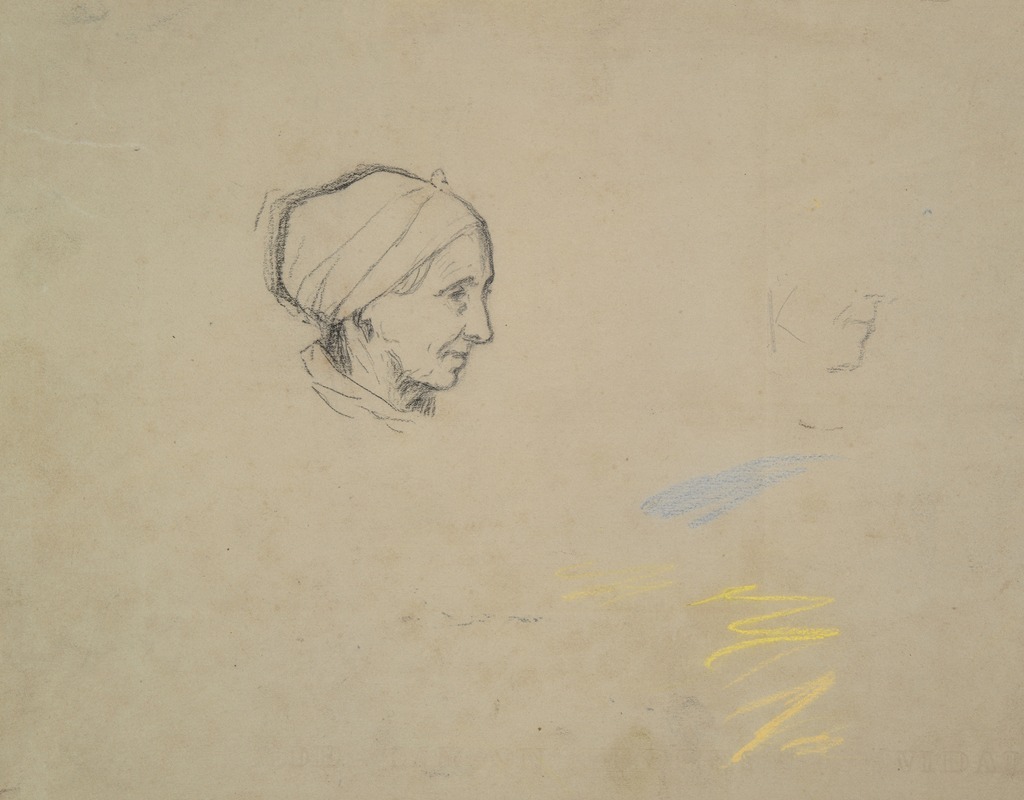
Head of a Peasant Woman
A hand-painted replica of Jean-François Millet’s masterpiece Head of a Peasant Woman, meticulously crafted by professional artists to capture the true essence of the original. Each piece is created with museum-quality canvas and rare mineral pigments, carefully painted by experienced artists with delicate brushstrokes and rich, layered colors to perfectly recreate the texture of the original artwork. Unlike machine-printed reproductions, this hand-painted version brings the painting to life, infused with the artist’s emotions and skill in every stroke. Whether for personal collection or home decoration, it instantly elevates the artistic atmosphere of any space.
Jean-François Millet's Head of a Peasant Woman is a work attributed to the renowned French painter and one of the founders of the Barbizon school, Jean-François Millet (1814–1875). Millet is best known for his depictions of rural life and peasant labor, often portraying his subjects with dignity and a sense of solemnity. This particular work, Head of a Peasant Woman, reflects Millet's characteristic focus on the lives of rural individuals, emphasizing their humanity and resilience.
The painting is a study of a peasant woman, capturing her facial features with a sense of realism and empathy. Millet's use of soft, earthy tones and delicate brushwork highlights the simplicity and humility of his subject. The woman's expression is introspective, and her features are rendered with a sensitivity that suggests Millet's deep respect for the rural working class. This work is consistent with Millet's broader artistic mission to elevate the status of peasants in art, presenting them as worthy subjects of serious artistic study.
While the exact date of the painting is not definitively documented, it is believed to have been created during the mid-19th century, a period when Millet was actively producing works centered on rural themes. This was also the time when Millet created some of his most famous pieces, such as The Gleaners (1857) and The Angelus (1859), which similarly focus on peasant life and labor.
Head of a Peasant Woman is often regarded as a preparatory study or a standalone portrait, showcasing Millet's skill in capturing the essence of his subjects with minimal detail. The work demonstrates his ability to convey emotion and character through subtle expressions and restrained composition. It is unclear whether this painting was intended as part of a larger composition or as an independent piece.
The painting is housed in the collection of the National Gallery of Art in Washington, D.C., where it is appreciated as an example of Millet's mastery in portraiture and his dedication to portraying the rural poor with dignity. As with many of Millet's works, this painting contributes to the broader understanding of 19th-century rural life and the social conditions of the time.
No further specific details about the creation or provenance of Head of a Peasant Woman are widely documented.





